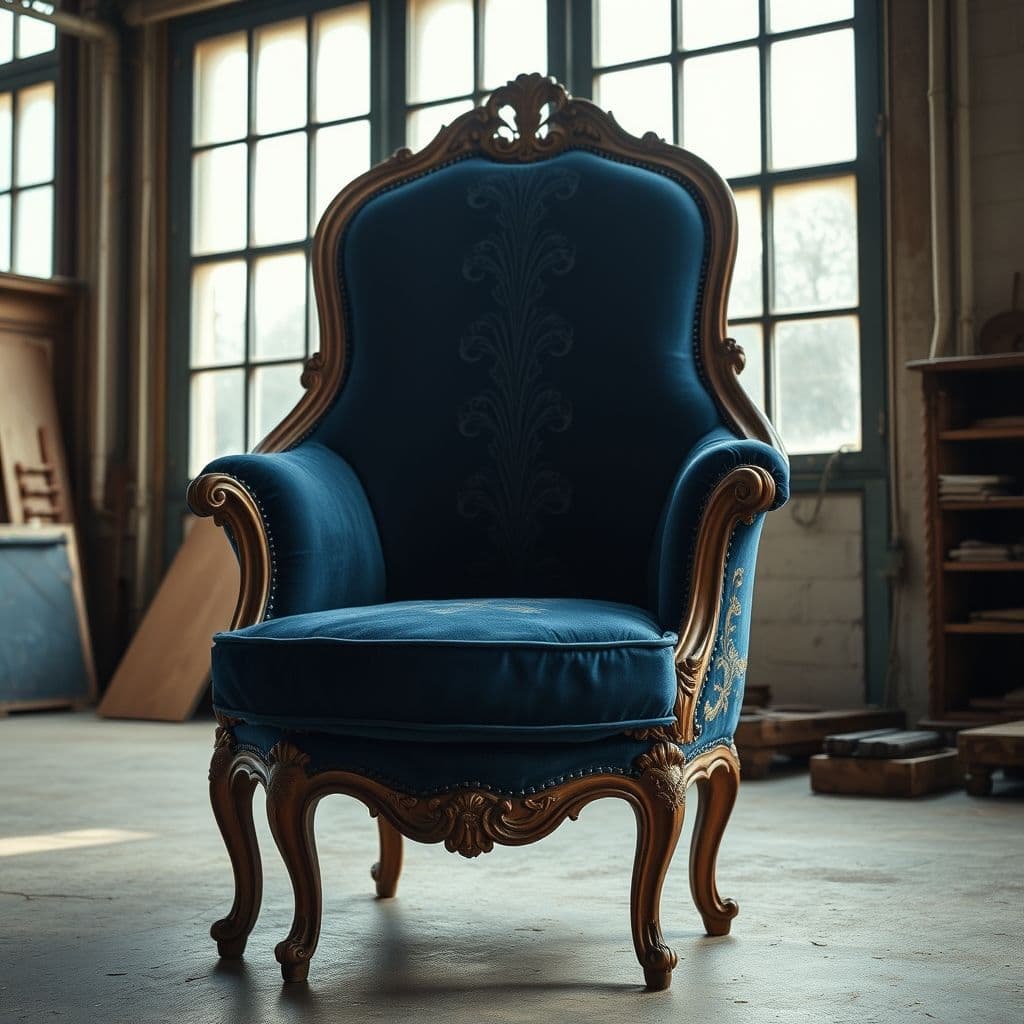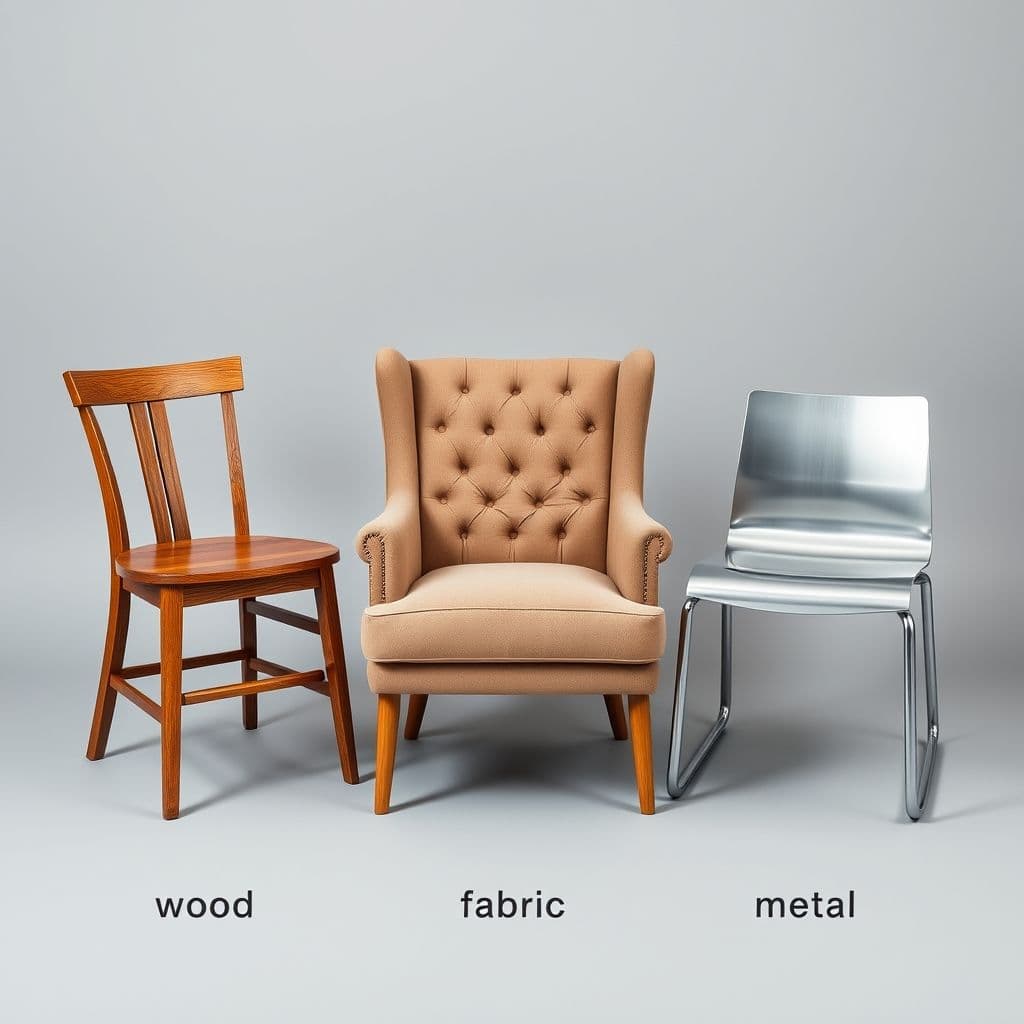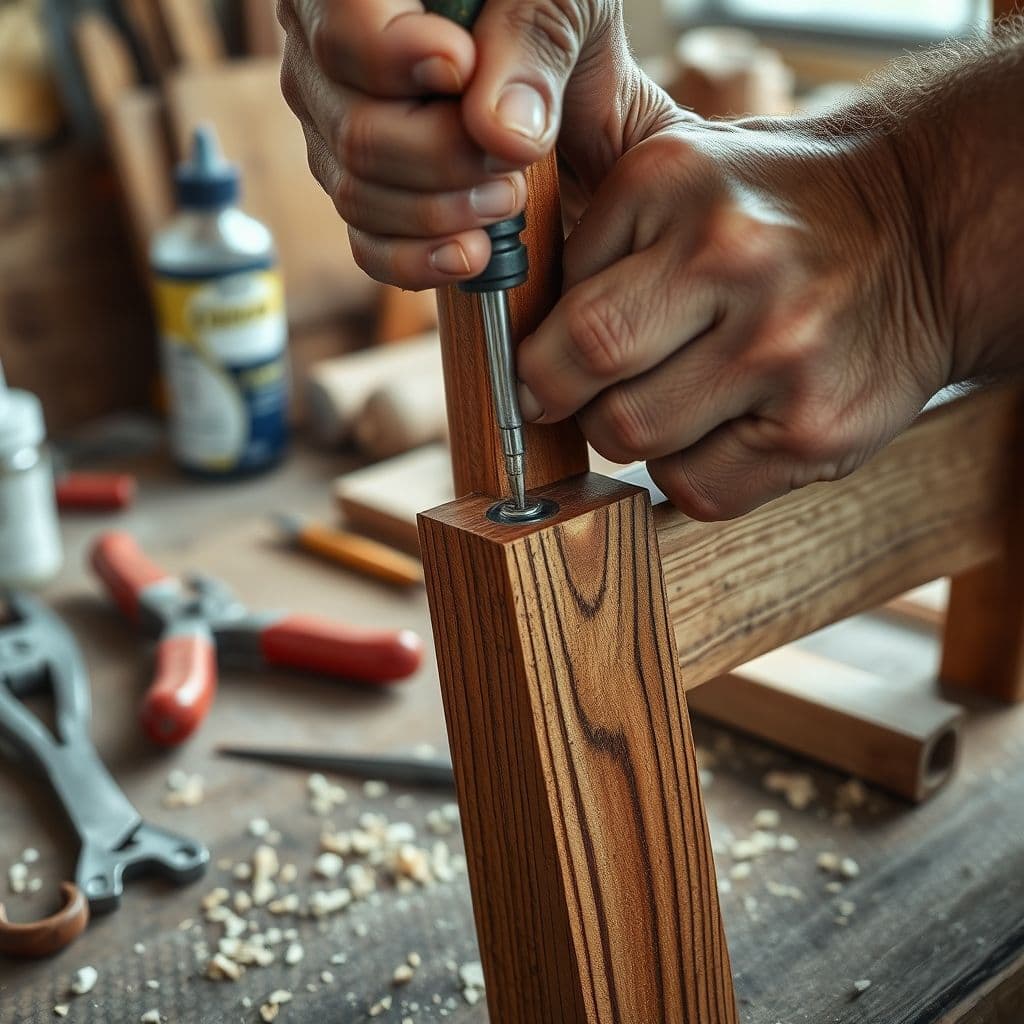The Complete Guide to Chair Restoration: From Basic Repairs to Advanced Techniques

Chair restoration is a rewarding skill that breathes new life into old furniture. Whether you're salvaging a family heirloom or upcycling a thrift store find, mastering chair restoration can save you money and give you a sense of accomplishment. This guide will walk you through every step, from identifying chair types to executing advanced repairs and custom upholstery designs. View original learning path
Step 1: Understanding Chair Types
Before diving into repairs, it's essential to understand the different types of chairs and the materials commonly used in their construction. Chairs can range from simple wooden dining chairs to ornate antique pieces with intricate upholstery. Common materials include hardwoods like oak and mahogany, softwoods like pine, and metals for modern designs. Knowing the type of chair and its materials will help you choose the right tools and techniques for restoration.

Step 2: Basic Tools and Materials
Equipping yourself with the right tools is crucial for effective chair restoration. Essential tools include screwdrivers, hammers, pliers, and clamps. You'll also need adhesives like wood glue and epoxy, as well as fasteners such as screws and nails. For finishing touches, familiarize yourself with wood finishes like varnish, stain, and paint. Having these tools on hand will prepare you for basic repairs and beyond.
Step 3: Basic Repair Techniques
Start with simple repairs like tightening loose joints and replacing missing or damaged screws and nails. For upholstered chairs, learn basic upholstery techniques such as reattaching fabric or replacing staples. These foundational skills will build your confidence and prepare you for more complex tasks.

Step 4: Intermediate Repair Skills
Once you're comfortable with basic repairs, move on to intermediate skills like woodworking basics and using wood glue effectively. Learn how to reupholster a chair by removing old fabric, repairing the padding, and attaching new material. These skills will allow you to tackle more significant restoration projects.
Step 5: Advanced Repair Techniques
Advanced techniques include structural repairs like replacing broken legs or stretchers, refinishing wood surfaces to restore their original beauty, and designing custom upholstery. These skills require patience and precision but can transform a damaged chair into a stunning piece of furniture.
Step 6: Maintenance and Care
Regular maintenance is key to preserving your restored chairs. Inspect them periodically for signs of wear, such as loose joints or frayed upholstery. Clean wood surfaces with appropriate products and keep upholstery free of dust and stains. Preventive care will extend the life of your furniture.
Step 7: Project Planning and Execution
Before starting any restoration project, assess the chair's condition and create a detailed repair plan. Document each step of the process, from disassembly to finishing touches. This approach ensures a systematic and successful restoration.
Conclusion
Chair restoration is a blend of craftsmanship and creativity. By mastering each step—from basic repairs to advanced techniques—you can transform worn-out chairs into beautiful, functional pieces. Whether you're a beginner or an experienced DIYer, this guide provides the knowledge and confidence to tackle any chair restoration project.
Frequently Asked Questions
- How long does it take to master chair restoration?
- The time required depends on the complexity of the projects you undertake. Basic repairs can be learned in a few hours, while advanced techniques may take months of practice. Consistent practice and patience are key.
- What are common mistakes beginners make?
- Common mistakes include using the wrong type of adhesive, over-sanding wood surfaces, and rushing through steps. Always follow best practices and take your time to ensure quality results.
- Can I restore a chair without professional tools?
- While professional tools can make the job easier, many basic and intermediate repairs can be done with common household tools. As you progress, investing in specialized tools will enhance your capabilities.





